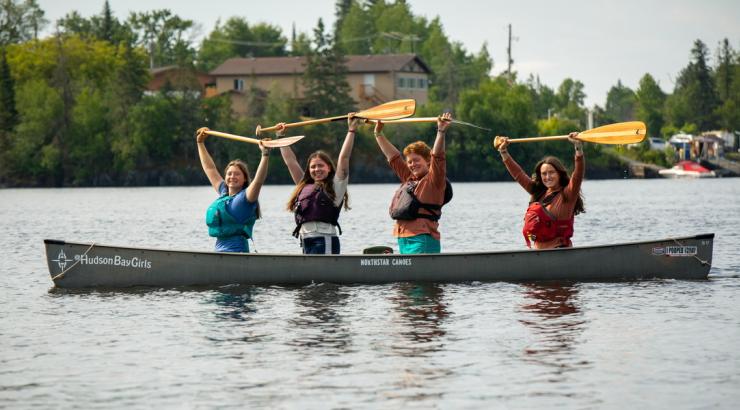A letter-to-the-editor (LTE) is a letter from a reader that is printed in the ‘opinions’ section of a newspaper or other publication. They’re used to show readers’ issues of concern. Since the opinions section is often the most read, letters to the editor are very important for our movement to reach new eyes. We encourage Boundary Waters supporters from across the country to write in a way that conveys their love for and desire to protect the Boundary Waters Canoe Area Wilderness.
Information on how and to whom to submit an LTE is usually found right on the ‘letters’ page in the paper. Follow these guidelines to increase the likelihood that your letter will be printed. If you can’t find the information you need, simply call the paper and ask how to go about submitting a letter.
The most effective letters have three main components:
1. Include your story. Your personal story of why the Boundary Waters and/or Wilderness areas in general are important to save and preserve for future generations is key. We often find that people’s personal stories about why the Boundary Waters is so important to them are the most effective way to show others the need to protect this special place. Be yourself and let your passion shine through. To get started, ask yourself some questions like these:
- When did you first learn about the Boundary Waters Canoe Area Wilderness (BWCAW)?
- Why is the BWCAW or Wilderness in general important to you?
- What motivated you to join Save the Boundary Waters?
- How would proposed copper mining on the edge of the Boundary Waters directly affect your future experiences in the BWCAW?
2. Include facts. Refer to our fact sheets that can be found on the Save the Boundary Waters website under the “Media” tab. These provide excellent source material that can be used for your letter. If you have any questions, feel free to contact Libby London (Libby@savetheboundarywaters.org) or another staff member.
3. The ask. This is the main message and takeaway and is an extremely important part of the letter. This is when you call the readers to action and tell them how they can make a difference. Here’s our recommended ask:
"America's favorite Wilderness is now America's most threatened Wilderness. If dangerous sulfide-ore copper mining is permitted on the edge of the Wilderness, pollution will irreparably harm the waters flowing into the heart of the Wilderness, putting the ecosystem and everything that depends on it at risk. The Boundary Waters Canoe Area Wilderness is one of the most embattled Wilderness areas in America and it is up to us to protect its legacy for current and future generations. In order to accomplish this we need (insert name, org, etc) to take action and do what is right to protect our beloved Boundary Waters Canoe Area Wilderness.”
A few things to remember:
- Refute, advocate, and make a call to action. Most letters to the editor follow a standard format. Open your letter by refuting the claim made in the original story the paper ran. Use the next few sentences to back up your claims and advocate for your position. Then, wrap your letter up by explaining what you think needs to happen now and make your call to action. Write the letter in your own words. Editors want letters in their papers to be original and from the reader. Be sure that you take the time to write the letter in your own words. Include your contact information. Be sure to include your name, address, and daytime phone number; the paper will contact you before printing your letter.
If you have any questions, please reach out to Libby London or other staff for help, and request our how-to guide. We recommend checking in with staff before submitting your letter.



